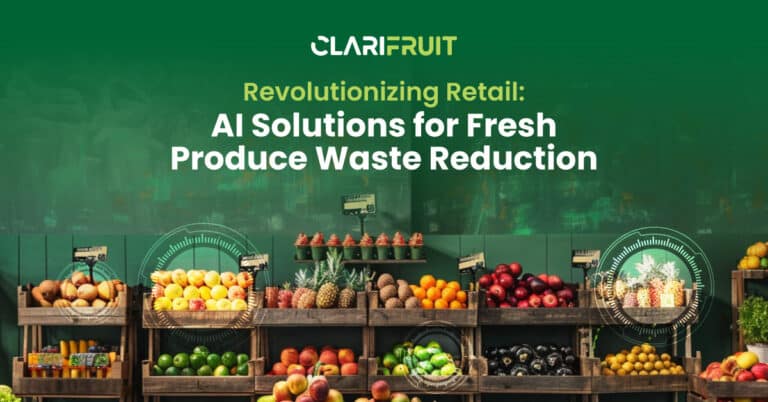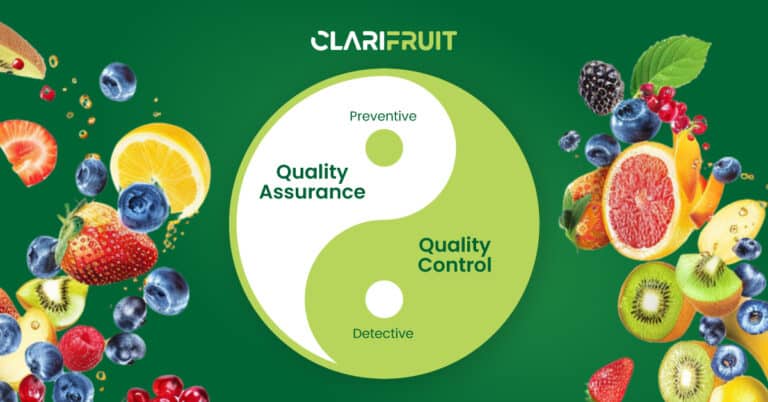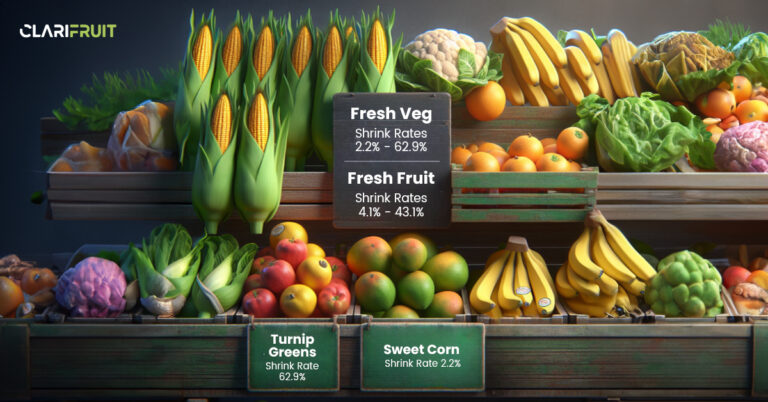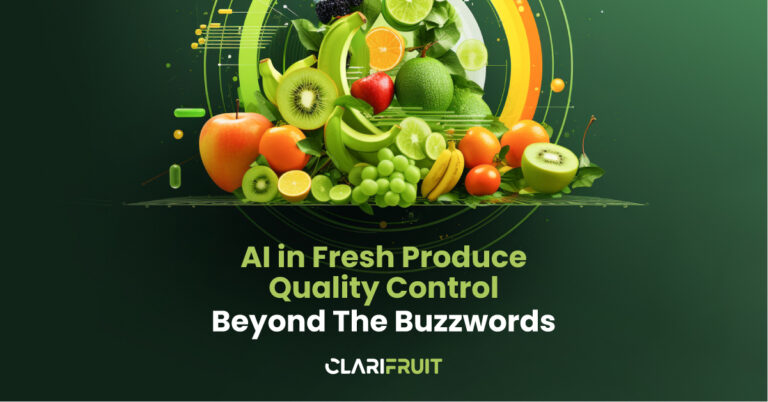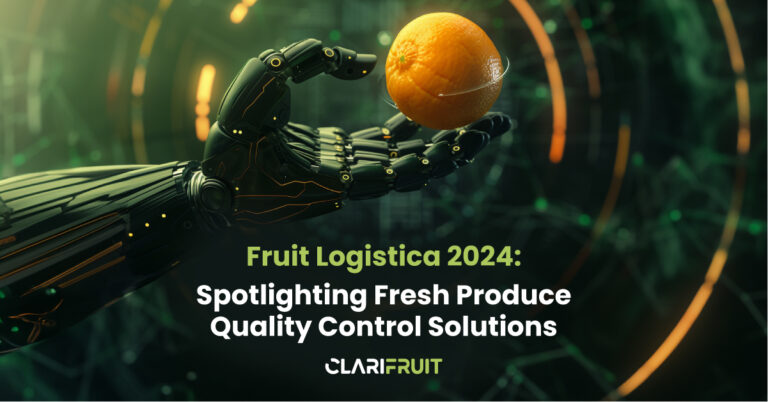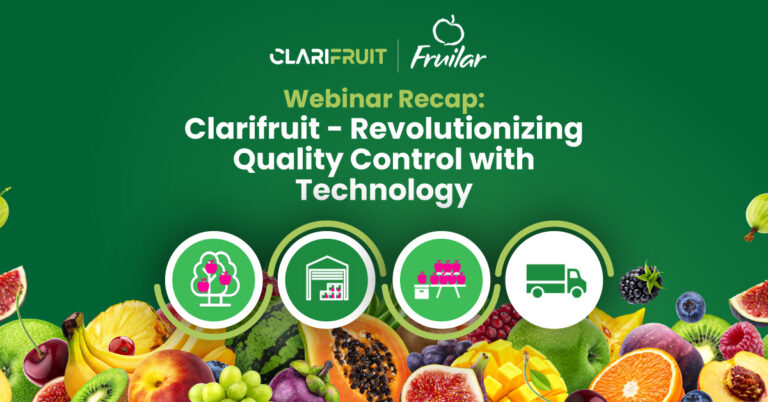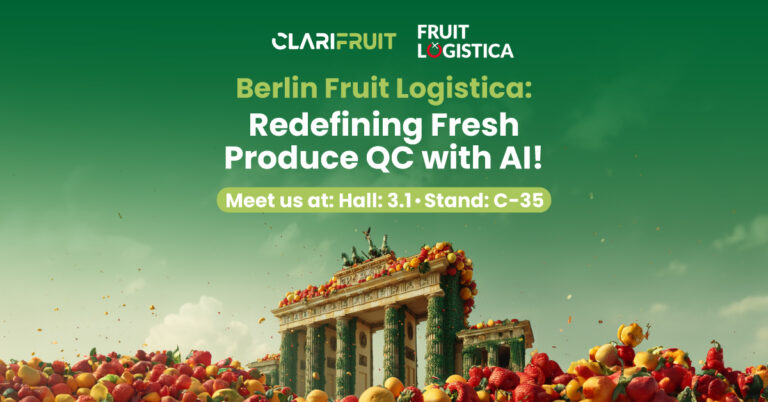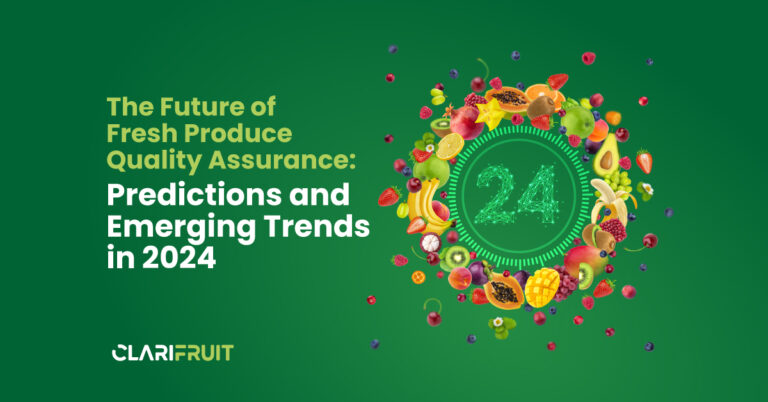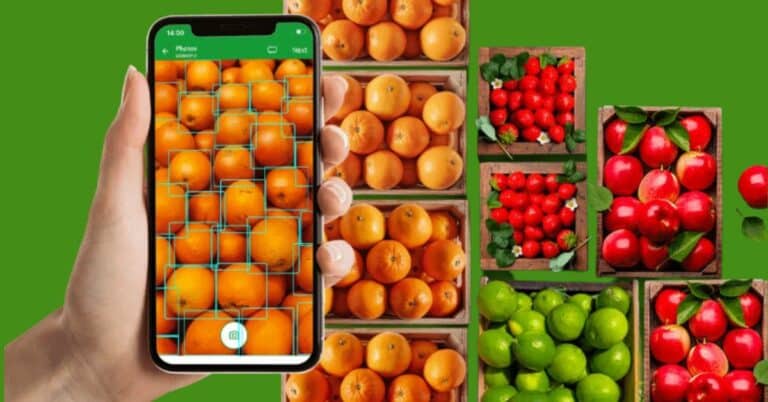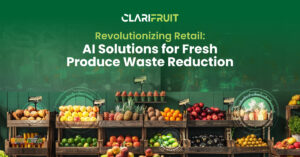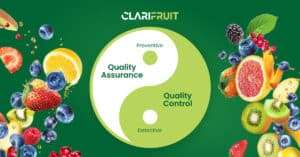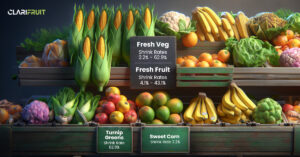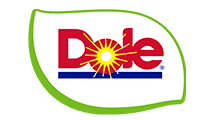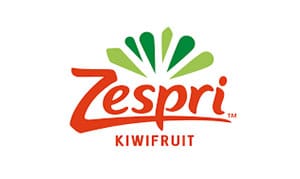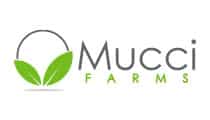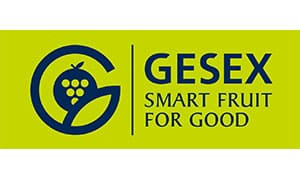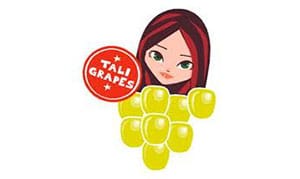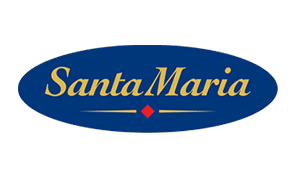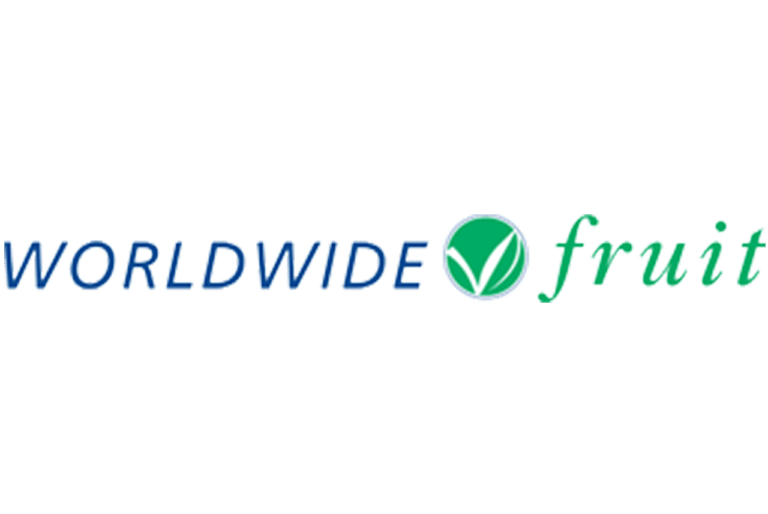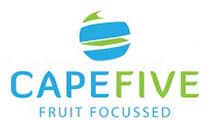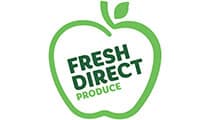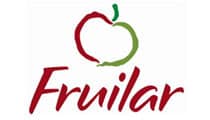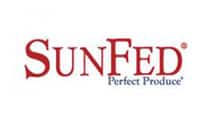How new QC technology is revolutionizing logistics in the produce industry
From a standalone shop to one of Greece’s biggest exporters of fresh produce
Almost 100 years ago, a small lemon shop opened in Saloniki, Greece. From these modest beginnings, Protofanousis Fruits (PROTO) is now one of the biggest exporters of fresh produce in Greece, exporting cherries, kiwifruits, and grapes to customers worldwide.
The search for efficient Quality Control (QC) solutions
The company, led by Nikos Protofanousis, has always focused on cutting edge investment in technology, emphasizing 360 QC control from the field to the destination. Proto implemented an ERP system about 20 years ago and tried to create an internal quality system by incorporating their WMS system into the ERP and manually importing quality measurements. Creating a quality database using this methodology proved to be challenging and resource-consuming.
The search for a more efficient method of handling quality control led George Kallitsis, PROTO’s Commercial Director (who was always on the lookout for new technological solutions for the company), to Clarifruit.
Focused on real-time data for decision making
The deciding factor in selecting Clarifruit’s cloud-based QC software lay in its mobile solution. “That really clicked for us,” recalled Nick
Pardalis, Proto’s QA Manager, “the ability to check quality with a simple mobile phone.”
Pardalis notes that anyone working in the fruit business at the packhouse level knows that conducting quality control can be challenging. While teaching his staff to use the ERP system took quite some time, introducing Clarifruit was quick and easy. Within ten minutes, the team was able to use the app.
Because of its ease of use, most inspectors were able to use it independently following initial training – with no need to contact support. Clarifruit’s easy to use interface also means there’s no need for an IT person to run it. It’s easy to import all of a client’s databases into the system, and once the client’s specs have been entered, conducting accurate, on-the-spot QC checks is simple.
Pardalis explains that Proto creates a separate standard for each client which can be easily updated. “There’s no need to inform inspectors of changes to the specs because they immediately see if the measurements they’ve taken pass the specs or not — in real time.”
Instead of having to deal with vast amounts of quality data in the ERP system, Clarifruit collects, analyzes, and quickly delivers the data, which helps PROTO see what’s happening on the ground on a larger scale, much faster.
“It’s easier for me to make decisions far more quickly based on a week’s quality data as compared to the ERP system,” notes Pardalis, adding that the way Clarifruit creates reports and presents data has been extremely helpful in making decisions.
20% reduction in quality control inspection time
Customers facing inspection time issues who want to reduce time will find that Clarifruit significantly reduces QC times. “Clarifuit has saved at least 20% in the time it takes to carry out QC,” says Pardalis. “20% is a huge amount of time throughout the course of a working day. If you run 150 inspections per shift and save 20% on that – you’re able to carry out more inspections.”
Pardalis notes that it’s important that the person setting Clarifruit up within the operation knows what they are doing and adjusts each screen accordingly but says that even if someone has just started using it, they will save a large amount of time.
Improved quality control
PROTO has seen an improvement in quality in the sense that it’s easier to identify products that are out of specification, which is measured by how many pallets or boxes are put aside. The company is able to find defects faster, carry out checks, identify out-of-spec produce and put it aside. Pardalis points out that while Clarifruit helps to reduce rejection rates from the customer, it also increases internal rejection rates because inspectors are able to identify more problematic products.
Top 3 features
Pardalis has identified 3 key features that he finds extremely useful:
- Mobile camera — using the mobile device’s camera to see the color or size of produce
- Defect photos — photos show details of the defect (such as skin defect) and enable inspectors to see exactly what the defect is
- Checklists — these enable the produce to be checked for other parameters such as boxing or labeling
Results you can trust
“By cross-checking Clarifruit with manual checks you can see the camera’s algorithm is quite accurate,” notes Pardalis. “You can trust Clarifruit to make safe assumptions on size, which is especially helpful in the field where there isn’t a lot of equipment or space to carry out inspections.”
He points out that even the best machinery or software can’t create magic – if the product is good, it’s good, and if it’s not, it’s not! Clarifruit defines the quality standard for each client, so the inspector knows what they are measuring without having to go back and check specifications.
The company uses Clarifruit both on the farm and the finished product, enabling it to be checked in the same condition it arrives at their customers — regardless of whether the produce is loose or on a pallet.
The bottom line: Clarifruit has proven to be a transformative platform enabling PROTO to inspect tens of thousands of different fruits throughout the year, saving on inspection time, reducing rejection rates, and ensuring quality standards are fully met.
